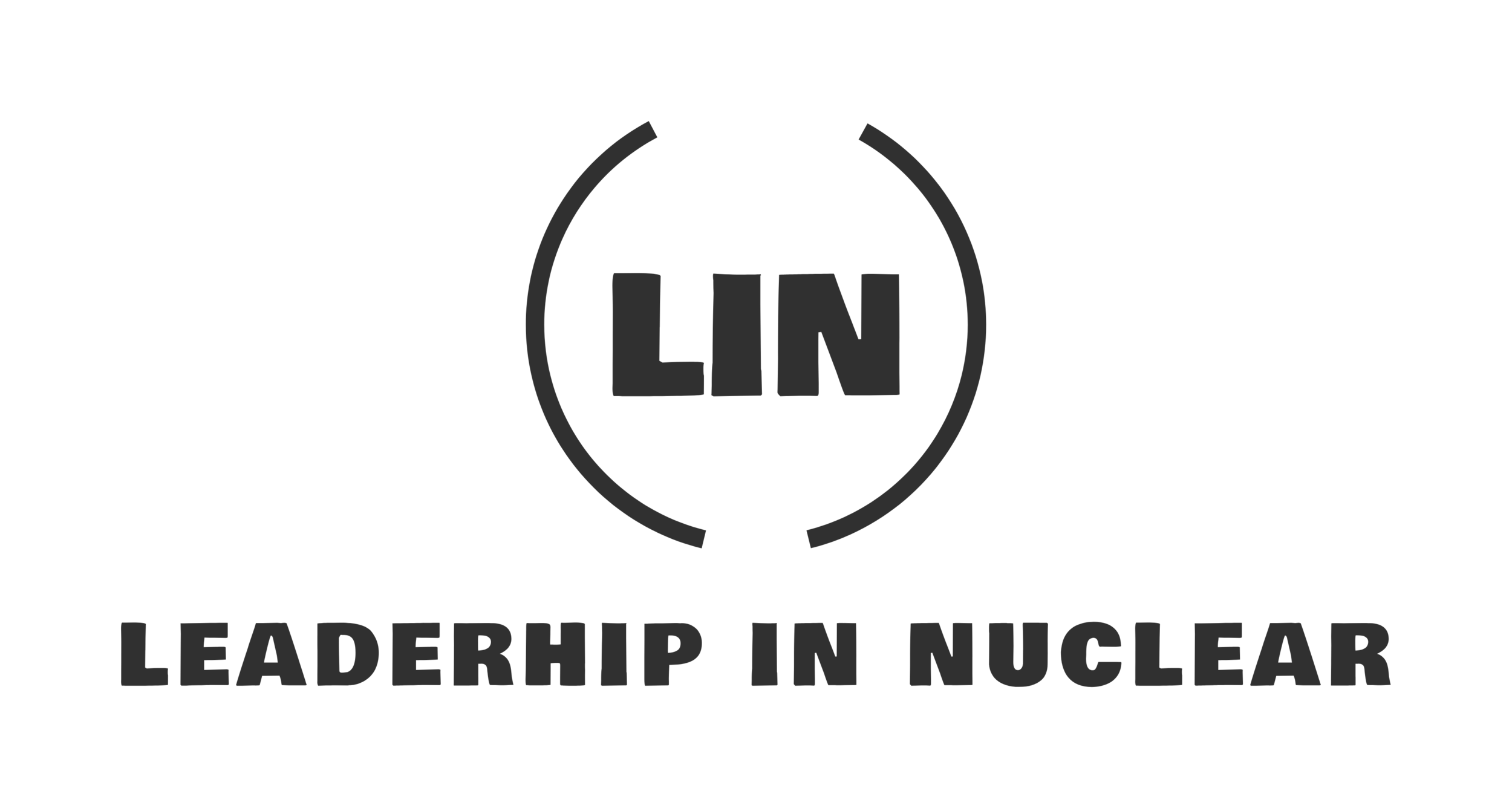How to make good decisions
Leaders know how to make decisions and do it with the right timing. Too many leaders are very trigger happy when It comes to decision making and misses the process of anchoring. That leads to a lack of commitment and engagement among the employees.
Be courageous
Sometimes you need to make hard decisions such as letting someone go from your team. If you don´t address these issues, you undermine your leadership.
Not making a decision is also a decision that can cost you dearly. Kill the monster when it is small.
During adversity, all the heads of the people will turn to the leader for direction and guidance. It is during these times your leadership skills are tested. You need to be firm and ask for advice but also give orders and lead by example.
Courage is contagious. When a brave man takes a stand, the spines of others are often stiffened. -Billy Graham
Timing
I the nuclear industry we practice decision making regularly, and one question that arises, first of all, is the amount of time available. Longer time will enable a better process for decision making.
If there is little time, the leader asks the shift crew of the current status and then ask for suggestions for further actions in correlations with their knowledge and the technical specification of the plant. The leader summarizes and then give orders.
This kind of short meeting is handy if there is more than one person affected by the decision
The best decisions are the ones with no time pressure, and if you apply the right process and a diversified mix of people.
Desired outcome
For a decision to be effective, you need to know the desired outcome and get as many people on board as possible. Then you have to anchor the reasons behind the decision because reasons come first and answers come second.
Bottom-up
As a leader, you give a clear direction and emphasize what to do and why we need to do it. Your employees will come up with the how. It is essential if you want to see engagement and accountability in your organization.
You have to be patient and keep repeating what and why many times because you will get resistance when the result doesn´t appear right away.
It is what I call a bottom-up decision.
Powerful decision and outcomes will arise If you ask different working groups to talk to each other and come up with solutions of how they can help one other to be more efficient. Giving a clear purpose and facilitating collaboration will lead to amazing results.
Top-down
Sometimes you have to make a top-down decision. Usually, that happens during budget times. There is always a possibility for a little stretch.
For example, I sometimes ask the person handing me a report If there could be an improvement. Usually, the other person says that it could be some fine-tuning. Great I say, and then encourage the other to implement the improvements.
You should, of course, compliment the person for a great job and then ask for the improvements, but I know that you know this already.
Intuition
Trust your gut feeling and listen to your heart. When you have made a lot of decisions, it becomes second nature, and you almost know right away what to do.
It was like when a reporter asked Wayne Gretzky how he knew that his teammate was going to be in a spot where he passed the puck, even though Gretzky´s head was in another direction.
Gretzky replied that he just knew that his teammate would be, taking in to account his speed, the angle of the pass, etc.
Evaluate your decisions, and you will learn from your experiences.
Use decision-making processes
A good process for decision making in the Nuclear Industry is the ODM-Process (Operational Decision Making). In short, the process is based upon you having the right people around the table with knowledge and experiences. You appoint a leader and a devil’s advocate who is allowed to ask hard questions.
You make a matrix with your alternative to address the problem on one axis and the consequences to different areas on the other axis.
The consequences could be everything from the effect on public opinion, the impact on money, reactor safety, problem solved, availability, etc. You can add as many consequences as you find suitable.
Then address a number to every row, and in the end, you add up all the numbers and compare each alternative to each other.
When you take a step back and evaluate, it becomes clear what alternative is the best.
Learn more about decision making in my leadership course here, where I will share stories and elaborate more about the subject.
